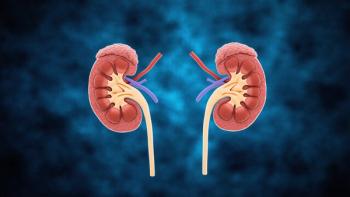
New Guidance for Managing People With Acute Kidney Injury Requiring Outpatient Dialysis
Patients with acute kidney injury requiring temporary hemodialysis often follow the protocol used for people on long-term dialysis, despite significant pathophysiological differences between the two.
Acute kidney injury (AKI), a serious and common complication experienced by hospitalized adults and children, requires in-hospital hemodialysis (AKI-D) in severe cases. Up to 30% of survivors must receive dialysis after discharge.
Those patients remain at significantly increased risk of adverse outcomes, including chronic kidney disease, permanent dialysis dependence, cardiovascular disease, rehospitalization and death.
The American Society of Nephrology (ASN)
First author Anitha Vijayan, M.D., senior medical director of Intermountain Kidney Services and Nephrology in Salt Lake City, Utah, and a large working group of kidney care experts developed the guidance based on current evidence and expert opinion.
They note that the number of people with AKI receiving outpatient dialysis increased from 6,400 in 2017 to a peak of 11,964 in 2020. Most were treated at facilities that were designed to provide long-term dialysis to people with end-stage kidney disease. Despite multiple regulatory and policy initiatives targeting outpatient care of people with AKI-D, many were treated using the protocol for long-term dialysis care.
According to recent
It then reviews multiple factors to consider in creating individualized care plans.
“For people with AKI-D, one of the most important outcomes is to recover adequate kidney function to be liberated from dialysis,” Kathleen Liu, M.D., chair of the Kidney Health Guidance Oversight Committee, said in a news
Newsletter
Get the latest industry news, event updates, and more from Managed healthcare Executive.





















































